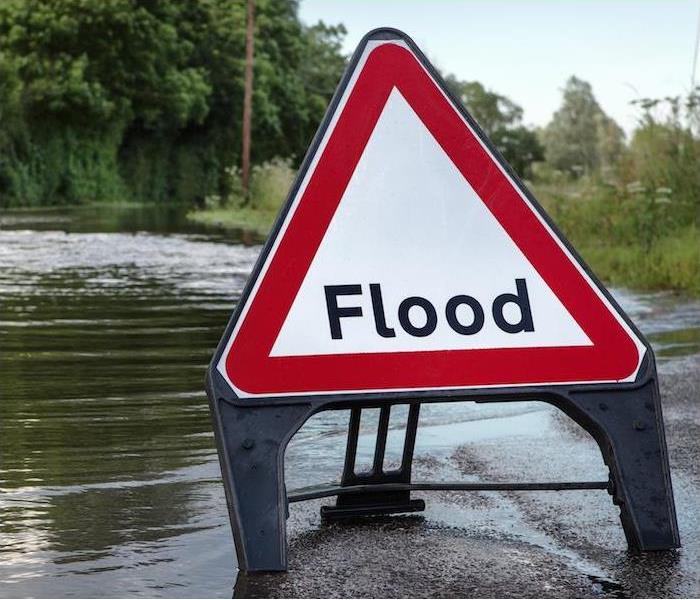3 Types of Natural Flooding & Their 4 Main Causes | SERVPRO® of Conway & Faulkner Counties
4/6/2022 (Permalink)
 Regardless of the cause of the flooding, SERVPRO of Conway & Faulkner Counties has the team to help you recover from any disastrous event.
Regardless of the cause of the flooding, SERVPRO of Conway & Faulkner Counties has the team to help you recover from any disastrous event.
As the most common type of natural disaster, flooding is also the most fatal, claiming more lives in the United States annually than hurricanes, tornadoes or lightning. The damage that flooding causes can be localized to one home or impact an entire community depending on its severity.
Flooding can truly happen anywhere in the United States and cause a variety of damages, but there are some key similarities in the type of flooding and what causes it. Today, we will look at the three typical types of flooding and the four reasons they often occur.
Flash floods are the most common type of flood, happening when a storm cell is very wide or parks itself over an area, producing heavy, localized rainfall. Flash flooding happens fast and produces strong currents, often carrying away people and cars caught in its path.
River floods occur when there is too much water for a riverbank to reasonably hold. The water will rise over the sides of the bank, producing flooding in the surrounding area.
Coastal floods happen in areas next to large bodies of water, when storm surges or cyclonic activity causes ocean or gulf levels to rise to flood levels.
Heavy rainfall. When storms bring about a large amount of rainfall, flooding becomes rather likely. Typically this will manifest as flash floods or river flooding, with urban areas being more at risk. Any area that has a large amount of concrete is more susceptible to flooding, as that inhibits the ground’s ability to absorb excessive amounts of water.
Oceanic activity. A storm surge or hurricane can lead to the rising of an ocean tide, which can then cause coastal flooding. The areas right along the coast are the most endangered, but the water can spread rapidly inland as well.
Dams and levees failing. Many people remember the devastation caused by 2005’s Hurricane Katrina, which was due in part to the levees breaking. This can be extremely devastating, as it releases a large volume of water rapidly.
Snowmelts and ice dams. When in an area that experiences heavy snowfall, spring brings about a lot of melting in a short amount of time, which can lead to flooding. This can be exacerbated by river floods caused by ice dams or ice jams that block the water’s flow downstream.
Regardless of the cause of the flooding, SERVPRO has the tools and teams to help your home or business recover from its disastrous effects. Contact us anytime when flooding or water damage makes a mess in your life.




 24/7 Emergency Service
24/7 Emergency Service